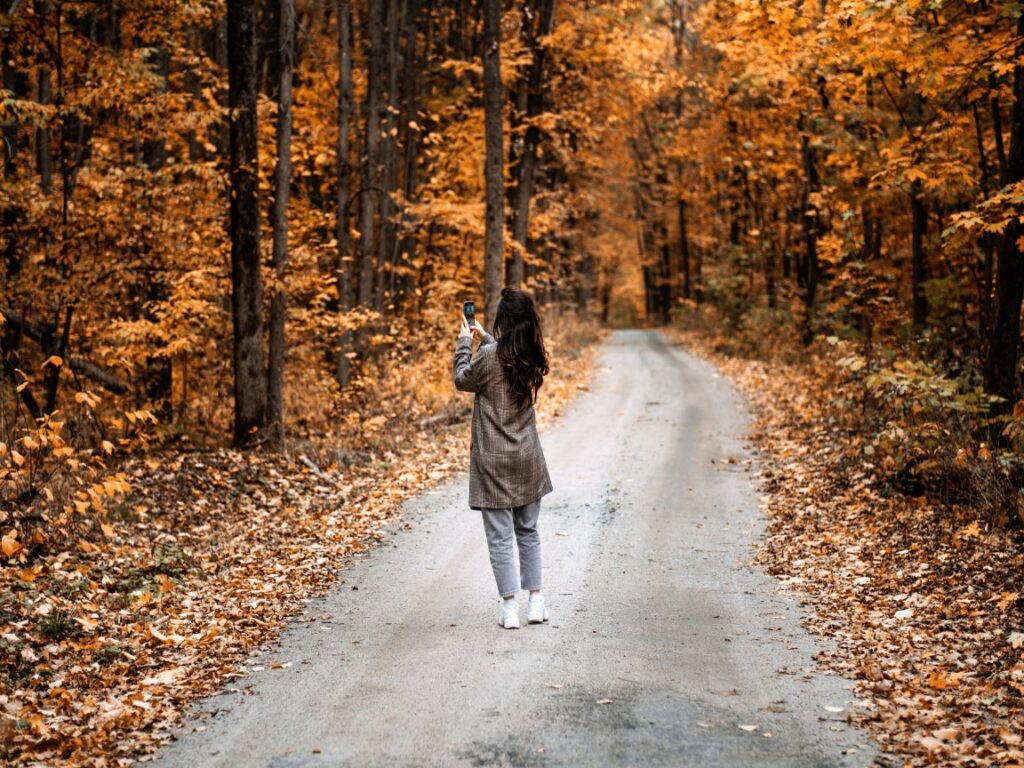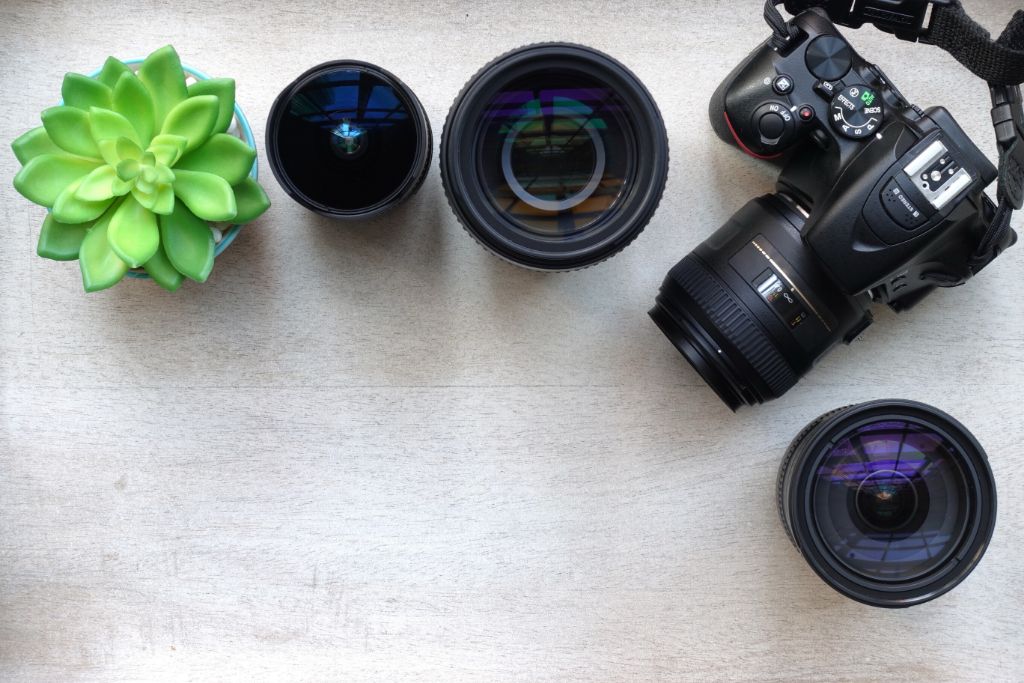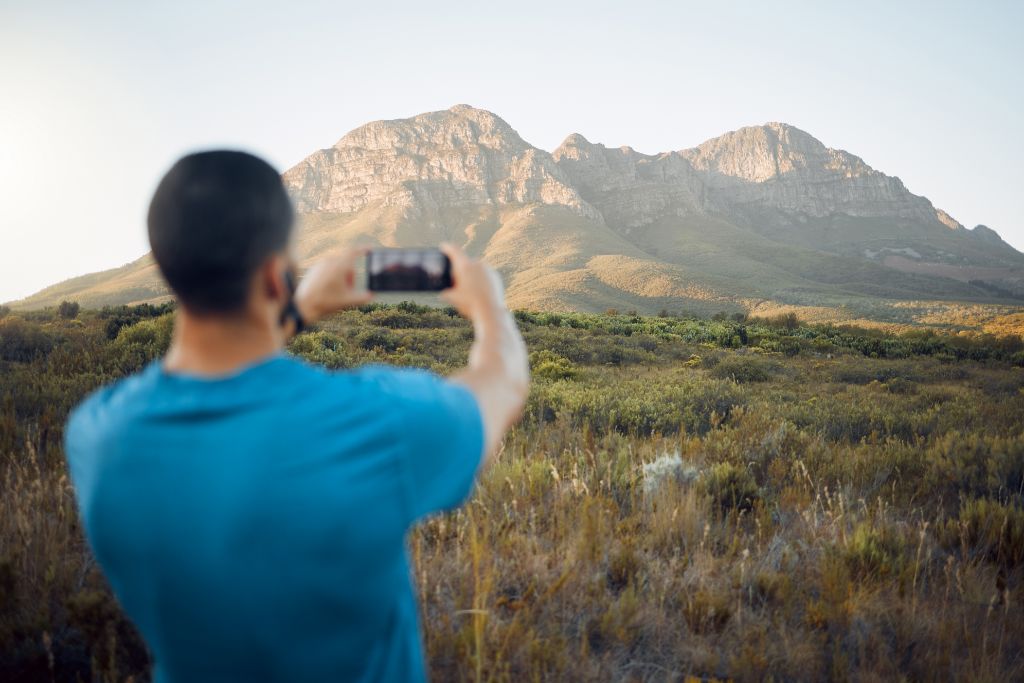Affiliate Marketing Disclosure:
This article contains affiliate links. When you click these links and make a purchase, we may earn a commission at no additional cost to you. We only recommend products and services that we believe will add value to our readers. Your support by purchasing through these links helps us maintain and grow our site to continue providing helpful and informative content. Thank you for your support!🙌✨
Introduction:

Capturing the rich, vibrant hues of autumn’s foliage is a photographer’s delight, where nature paints landscapes with breathtaking shades of red, orange, and gold. Perfecting fall foliage photography demands a blend of artistic vision, technical expertise, and the right gear. These practical tips not only guide photographers to the best locations and lighting conditions but also ensure they have the appropriate equipment and preparations to create stunning images that capture the essence of this seasonal transformation.
Selecting the Right Camera Equipment:

Choosing the right equipment is essential for capturing the true essence of fall foliage. Invest in a quality DSLR or mirrorless camera to achieve higher image quality and greater flexibility. Opt for a selection of lenses suitable for capturing the rich colors and textures of autumn landscapes. Wide-angle lenses are excellent for wide scenic shots, capturing the vastness of the fall foliage, while telephoto lenses enable you to focus on intricate details and isolate distant subjects.
Timing Your Photography Shoot:
The timing of your photo shoot is crucial for capturing the full splendor of fall foliage. Peak fall colors vary depending on location, climate, and the changing of the seasons. Research and be aware of the local foliage reports or use apps to track peak foliage times in specific areas. Typically, the transition into fall colors begins in September in northern regions and progresses southward through October and November. Early morning or late afternoon provides the best natural lighting for capturing vivid colors, so plan your photo sessions accordingly.
Scouting the Perfect Locations:
Finding the right spot to capture the fall foliage at its peak is the initial step to perfecting autumn photography. Before heading out, research the best locations using local guides, foliage tracking websites, and social media groups focused on nature photography. Consider exploring famous parks, nature reserves, or rural areas where maple, oak, and birch trees usually display vivid colors. Iconic locations like New England’s Acadia National Park, the Adirondacks, or the Smoky Mountains offer awe-inspiring landscapes during the autumn season. Once on-site, scout the area, explore various vantage points, and seek unique perspectives that showcase the foliage’s diversity, like valleys, lakeshores, or mountain peaks.
Shooting During Golden Hours:

Timing is crucial for capturing the splendor of fall foliage. The golden hours, the time just after sunrise and before sunset, provide soft, warm lighting that enriches the autumn colors. Early mornings often offer mist-covered landscapes, creating a magical and serene atmosphere. Sunsets cast a golden hue over the foliage, intensifying the colors and adding an ethereal glow. Shooting during these times reduces harsh shadows and brings out the intricate details of the leaves. Plan your shoot accordingly to leverage these optimal lighting conditions for remarkable images.
Using Lenses for Diverse Perspectives:

The lens choice greatly influences the visual impact of fall foliage photographs. Wide-angle lenses (such as 16-35mm) are perfect for capturing expansive vistas and landscapes, especially when incorporating lakes, mountains, or winding roads within the frame. Telephoto lenses (like 70-200mm) bring distant foliage closer, providing opportunities for close-ups of isolated trees or colorful clusters. A macro lens (60mm or 100mm) is ideal for highlighting the intricate details of leaves, tree bark, and dew-dropped foliage. Experimenting with various lenses and focal lengths allows for a diverse range of perspectives and compositions, creating dynamic and engaging photos.
Mastering Composition Techniques:
Understanding various composition techniques significantly elevates the quality of fall foliage photography. The rule of thirds is a fundamental principle that divides the frame into nine equal parts, where points of interest align along these lines or their intersections. Framing can add depth and context to your shots, using overhanging branches, windows, or arches to highlight the autumnal scene. Leading lines, such as paths, roads, or streams, guide the viewer’s eye through the image, creating depth and inviting exploration. Negative space emphasizes the colors and shapes of the leaves, enhancing their impact within the frame. Experimenting with these techniques helps you craft captivating and visually dynamic fall foliage compositions.
Adjusting Camera Settings for Optimal Results:
Fine-tuning camera settings is crucial for capturing the vibrant tones of autumn foliage. Shoot in RAW format to retain maximum image data, providing flexibility during post-processing. Adjust your camera settings to optimize exposure, aperture, and shutter speed. Utilize a wide aperture (lower f-stop numbers like f/2.8 to f/8) to achieve a shallow depth of field, allowing the subject to stand out against a blurred background. Manual focus ensures crisp and sharp images. Play with different shutter speeds; a faster speed is suitable for windy conditions, preventing leaf movement, while slower speeds can capture the subtle motion of falling leaves or flowing water.
Post-Processing for Finishing Touches:
Post-processing is the final step in perfecting your fall foliage photographs. Software like Adobe Lightroom or Photoshop can refine your images, emphasizing the vibrant autumn colors and enhancing overall quality. Utilize editing tools to adjust contrast, color saturation, and white balance to bring out the warm hues of the season. Fine-tune exposure, highlights, and shadows to highlight details in the foliage. Be mindful not to over-edit; aim for a natural look to retain the genuine beauty of the fall colors. Experiment with editing techniques to emphasize the seasonal magic and bring out the full potential of your autumn photography.
By incorporating these tips into your fall foliage photography excursion, you’ll be better equipped to capture the essence of autumn, transforming your images into breathtaking portrayals of nature’s vibrant canvas. Remember, these guidelines serve as a foundation; embracing experimentation and your creative instincts are equally important in creating standout autumn images.
Selecting Additional Camera Equipment:

Before embarking on your fall foliage photo adventure, ensure you have the necessary camera equipment. A sturdy tripod is essential to maintain stability and support long exposures, especially during low-light conditions. Additionally, a polarizing filter can help reduce glare and enrich the color saturation of the foliage, making the autumn tones pop. Extra memory cards and batteries are indispensable as long sessions outdoors can quickly drain your resources. An air blower or lens cleaning kit is vital to keep your gear free from dust and debris. Carrying a lightweight backpack to accommodate your equipment and essentials is crucial for mobility and convenience during your photography escapades.
Being Prepared for Weather Changes:
Autumn weather can be unpredictable. Therefore, staying prepared for sudden weather changes is imperative. Dress in layers to accommodate varying temperatures, ensuring comfort while waiting for the perfect shot. Pack weatherproof clothing to shield against light rain, and bring a waterproof cover for your camera gear. Utilize lens hoods to protect against moisture and lens flares. Monitor the weather forecast and be adaptable, as changing weather patterns, such as fog or rain, can produce dramatic and unique photo opportunities that add character to your compositions.
Summary:
From scouting the perfect locations to choosing the right camera gear and preparing for variable weather conditions, taking exemplary fall foliage pictures requires both meticulous planning and technical finesse. This guide offers a comprehensive roadmap for photographers, providing insightful tips on shooting during the golden hours, using lenses to showcase diverse perspectives, selecting essential camera equipment, and being prepared for weather changes. With this expert advice in hand, photographers can confidently set out to capture the magic of the autumn season, turning nature’s canvas into mesmerizing photographs.
Affiliate Marketing Disclosure:
This article contains affiliate links. When you click these links and make a purchase, we may earn a commission at no additional cost to you. We only recommend products and services that we believe will add value to our readers. Your support by purchasing through these links helps us maintain and grow our site to continue providing helpful and informative content. Thank you for your support!🙌✨


